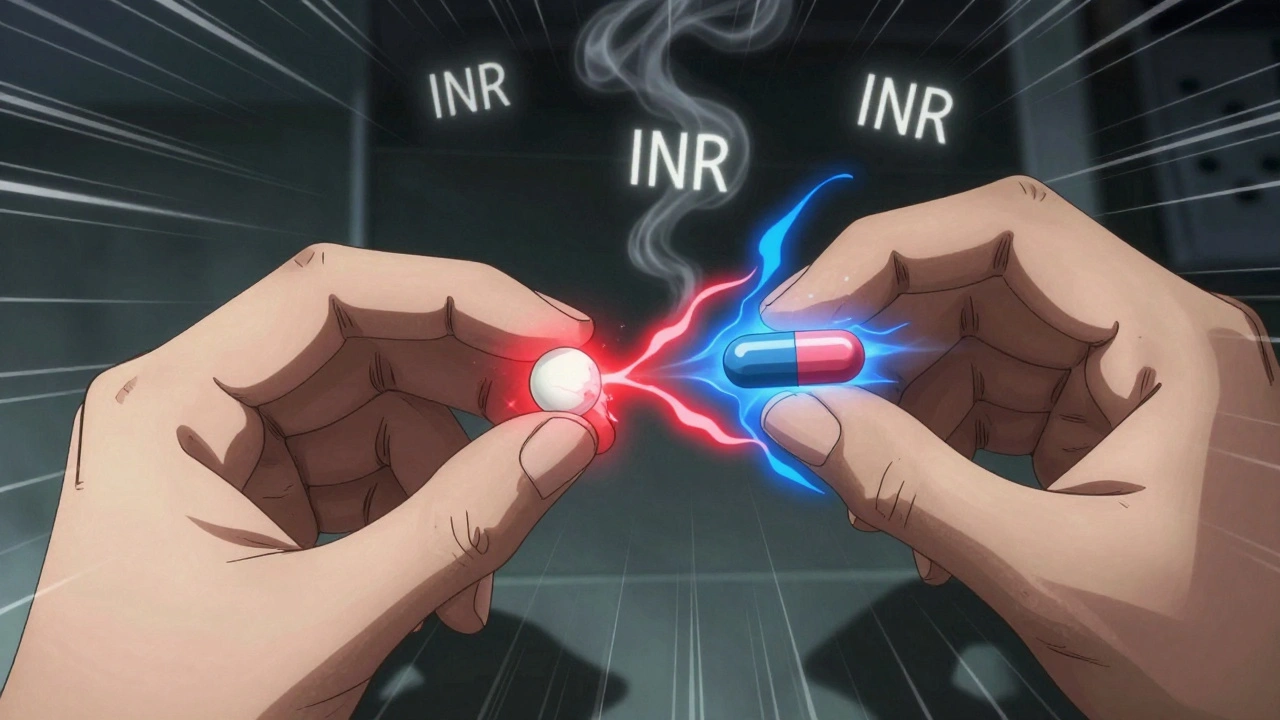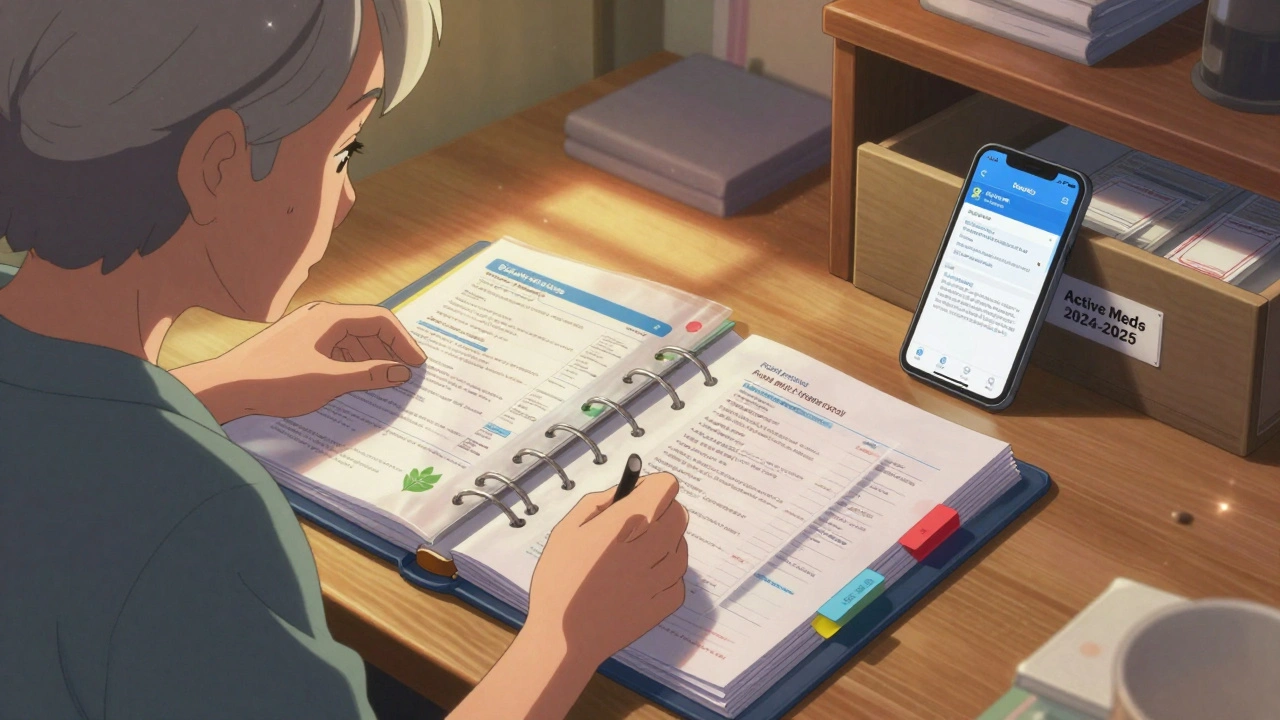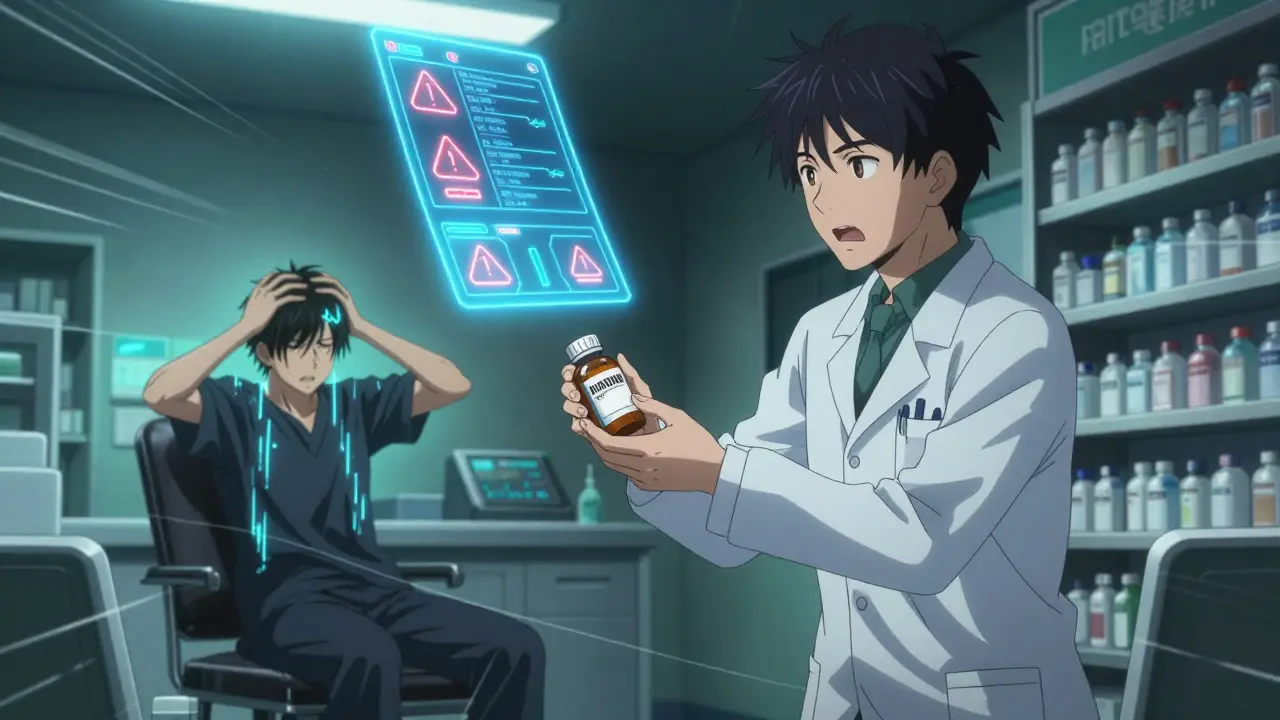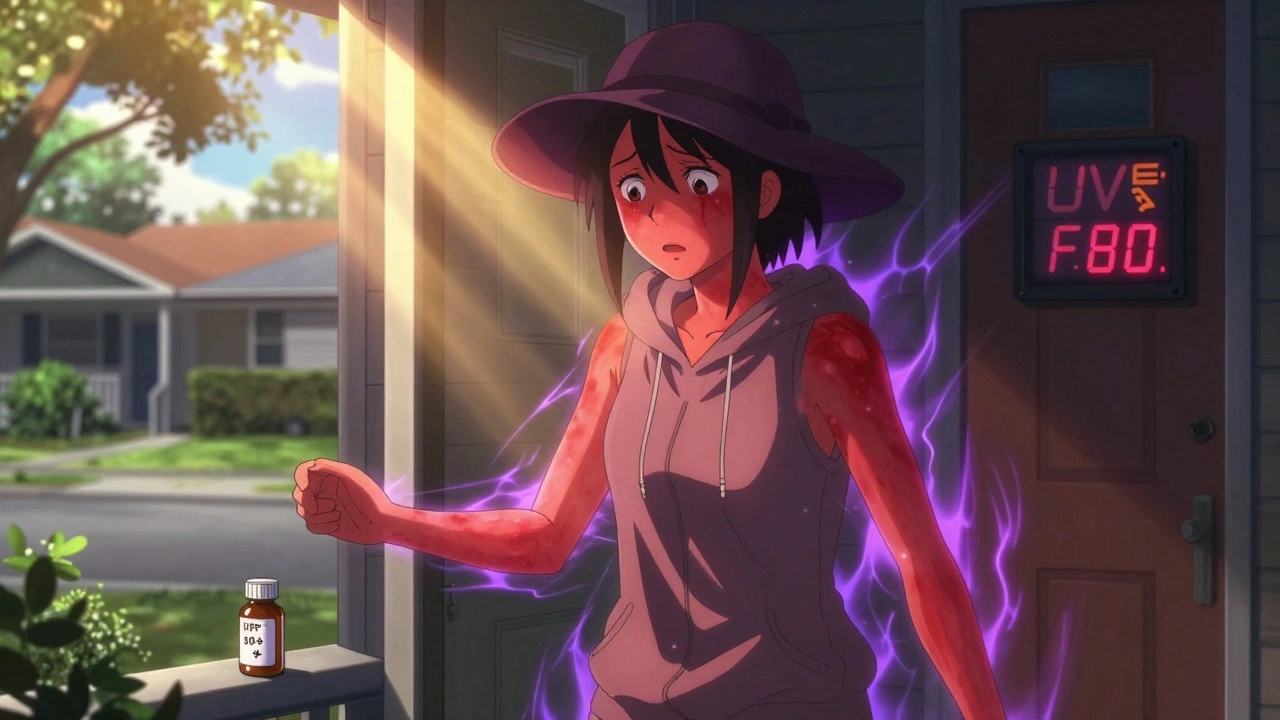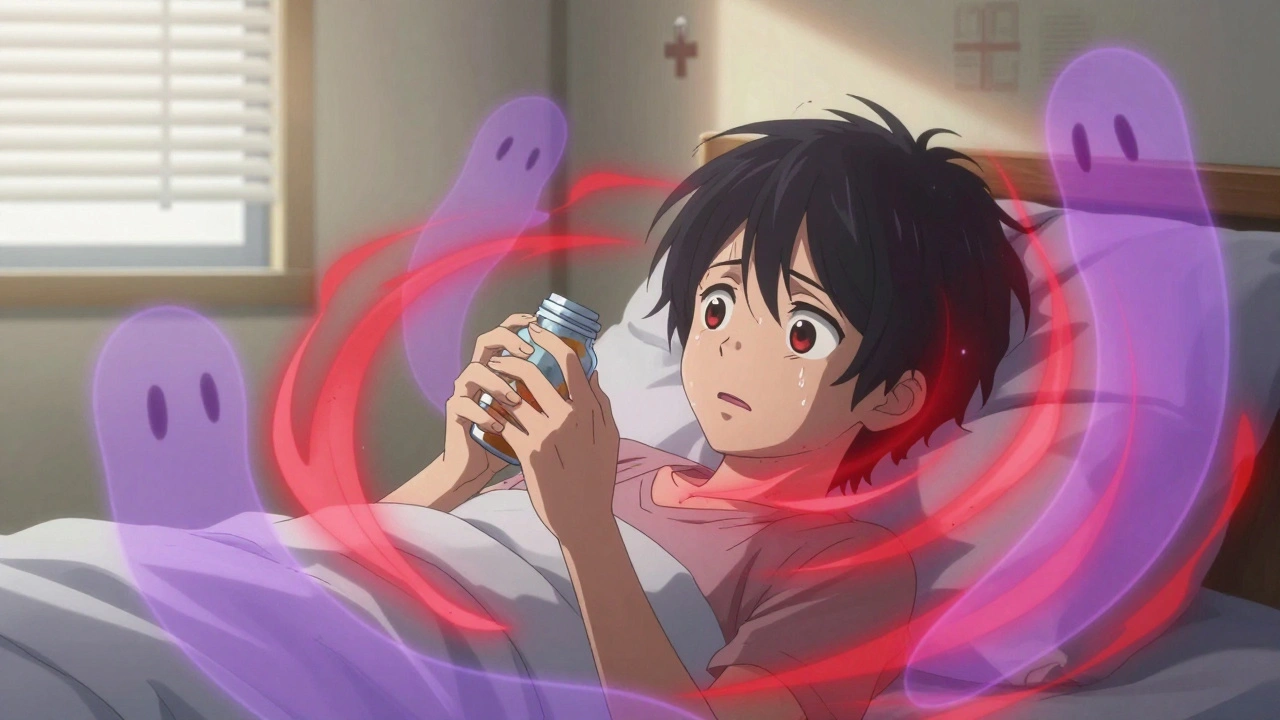Bladder Pain: Causes, Diagnosis, and Relief Options
When dealing with bladder pain, a sharp, burning, or pressure feeling in the lower abdomen that often signals a urinary problem. Also known as suprapubic pain, it pushes many people to search for quick answers and professional help. While the sensation itself can be alarming, the underlying reasons range from simple irritants to chronic conditions. Understanding what triggers this discomfort helps you decide whether a home remedy, a lifestyle tweak, or a prescription is the right next step. In short, bladder pain is a warning sign, not a diagnosis.
Understanding Common Causes
One frequent companion of bladder pain is overactive bladder, a condition where the bladder muscles contract too often, leading to urgency, frequent trips to the bathroom, and occasional leaks. Doctors often treat it with antimuscarinic drugs, and the most widely used is Oxybutynin, sold under the brand name Ditropan. Oxybutynin works by relaxing the bladder wall, which can reduce both urgency and the ache that comes from constant spasms. Another key player is interstitial cystitis, a chronic inflammation of the bladder lining that produces persistent pelvic pain, pressure, and a frequent need to urinate. Unlike infections, interstitial cystitis doesn’t show up on standard urine tests, so doctors rely on symptom patterns and sometimes cystoscopy to confirm it. A more straightforward cause is a urinary tract infection (UTI). Bacteria entering the urinary system irritate the bladder lining, creating burning sensations during urination and a dull ache when the bladder is full. UTIs are usually caught with a simple dip‑stick test and cleared up with a short course of antibiotics. Finally, non‑infectious irritants like caffeine, alcohol, spicy foods, or certain medications can inflame the bladder wall, leading to short‑term pain that subsides once the trigger is removed. Each of these causes shares a common thread: they disturb the bladder’s normal pressure‑release cycle, which is why the pain often feels worse after you’ve held urine for too long.
Diagnosing the exact source of bladder pain starts with a thorough history and a physical exam. Doctors ask about fluid intake, bathroom patterns, recent sexual activity, and any accompanying symptoms such as fever, blood in urine, or back pain. Basic labs include a urine dip‑stick, culture, and sometimes an ultrasound to look for stones or structural issues. When the first round of tests comes back normal but pain persists, specialists may order cystoscopy, urodynamic studies, or refer you to a pelvic floor therapist. Treatment plans are rarely one‑size‑fits‑all. For a simple UTI, a short antibiotic course plus plenty of water usually clears the pain. If overactive bladder is the culprit, lifestyle changes—like timed voiding, bladder training, and cutting back on bladder irritants—combine with medications such as Oxybutynin or newer beta‑3 agonists. Interstitial cystitis often requires a multimodal approach: dietary adjustments, oral pentosan polysulfate, bladder instillations, and pelvic floor physical therapy. When pain stems from irritants, the fastest fix is to eliminate the trigger and give the bladder a few days to heal. Below you’ll find a curated set of articles that dive deeper into the medicines, buying guides, and practical tips most people ask about when they’re dealing with bladder‑related discomfort. From detailed comparisons of Oxybutynin alternatives to safe ways to purchase generic versions online, the collection is designed to give you clear, actionable info that matches the specific cause of your bladder pain.
Coping with Bladder Pain at Work: Practical Tips for a Comfortable Day
Learn effective strategies to manage bladder pain while at work. From hydration habits to ergonomic adjustments, discover practical tips for a more comfortable and productive day.


